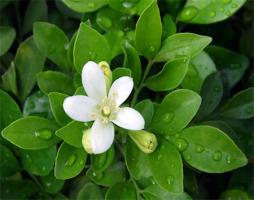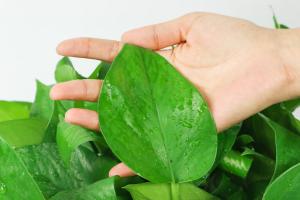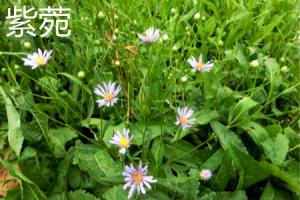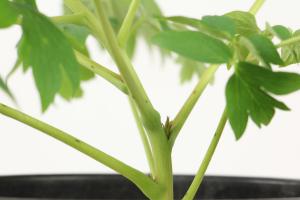Should Tree Wrap be Removed from Newly Planted Trees?
Tree wrap, also known as tree guards, is a protective covering placed around newly planted trees to shield them from elements such as weather, animals, and lawn care equipment. However, there has been a debate amongst arborists and landscapers on whether tree wrap should be left on or removed. This article will explore the reasons behind this debate and provide insights into whether tree wrap should be removed from newly planted trees.
Reasons to Keep Tree Wrap
One reason why some people argue that tree wrap should be left on newly planted trees is that it provides protection against harsh weather conditions. In areas with strong winds, snow, or rain, tree wrap can prevent damage from impacting the tree trunk and roots. Additionally, tree wrap can also prevent sunscald, a condition where the bark on the south-facing side of a tree is damaged due to extreme heat.
Another reason why some people advocate for keeping tree wrap on newly planted trees is to protect against animal damage. Deer and rabbits can cause significant damage to the bark and trunk of young trees, making them vulnerable to disease and insect infestation. Tree wrap can deter these animals from nibbling on the bark.
Reasons to Remove Tree Wrap
Despite the potential benefits of tree wrap, many experts recommend removing tree wrap from newly planted trees. One reason is that tree wrap can create a moist environment around the tree trunk, which can lead to fungal growth, rot, and disease. Additionally, tree wrap can cause the bark to grow around it, potentially causing long-term damage to the tree's structure and health.
Another reason why tree wrap should be removed is to allow the tree's bark to develop natural protection against the elements. The bark of a healthy tree is designed to protect against weather and animal damage, and removing tree wrap allows the tree to build up its defenses. Moreover, removing tree wrap will expose the trunk to sunlight and air, which can help promote healthy growth.
When to Remove Tree Wrap
If tree wrap is left on for too long, it can cause more harm than good. As a general rule, tree wrap should be removed after one year of being applied. At this point, the tree should have established itself and developed its own protective mechanisms. However, if there has been a particularly harsh winter or animal damage is still a concern, tree wrap can be left on for an additional year. After two years, tree wrap should be removed to prevent damage to the bark and trunk.
Conclusion
In conclusion, the debate on whether tree wrap should be removed from newly planted trees depends on various factors, including weather conditions, animal damage, and the overall health of the tree. While tree wrap can provide protection against some elements, it can also create a moist environment that can lead to fungal growth and long-term damage to the tree's structure. Ultimately, it is best to remove tree wrap after one to two years, allowing the tree to develop its own natural protection against damage.

 how many times do yo...
how many times do yo... how many planted tre...
how many planted tre... how many pine trees ...
how many pine trees ... how many pecan trees...
how many pecan trees... how many plants comp...
how many plants comp... how many plants can ...
how many plants can ... how many plants and ...
how many plants and ... how many pepper plan...
how many pepper plan...






























